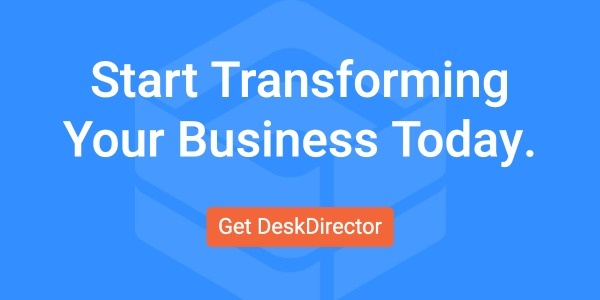By 2024, 65% of application development activity will be built using low code solutions.
The premise of low code is simple: these solutions allow people of all skill levels to develop applications, even if they aren’t well-versed in coding. This might be through drag-and-drop or point-and-click interfaces, among others. No-code takes the premise even further by eliminating the need for hand-coding when developing and delivering business applications.
But how do low code and no code relate to each other, and why are both becoming the future of web and application development?
Read on for the history of low code/no code, the difference between them, and the list of benefits that are only growing.
The Emergence of Low Code
The first glimpse of low code appeared in the 1950s. After World War II, coding jobs began to spread, and programming languages that “translated” English-like code into a code the computer could understand emerged. Around that time, the first programming language for business users not well-versed in tech, called FLOW-MATIC, was created by Grace Hopper.
That was the first hint of low code/no code, and it only grew from there. Forrester officially coined the term “low code” in 2014, and Gartner helped spread it. From there, the concept of low code spread rapidly and has only grown in popularity since its official inception nearly a decade ago.
Low Code vs. No Code: What’s the Difference?
While often used in tandem, low code and no code do have their slight differences.
Low code solutions still require a small amount of coding knowledge, so they’re primarily aimed at developers. A low code interface can assist someone with prior technical skills to work even better or faster, but they’re not exactly geared towards people with zero coding ability.
No code solutions, on the other hand, are designed for nontechnical business users. These platforms do not require or even allow manual coding, but rather focus on an easy interface that a user of any skill level can work with.
Additionally, low code solutions are an open system, so they provide flexibility and features that can be reused. No code solutions are a closed system, so you can only extend the no code capabilities to a certain degree, limiting use cases and integrations.
Types of Low Code Solutions
There are 5 main types of low code solutions. These are:
- General Purpose: As the name suggest, general purpose low code solutions can be used to develop most kinds of applications.
- Process: These low code solutions are designed specifically to develop workflows and business processes, and can help with digital transformation.
- Request-Handling: These solutions handle requests for fixed processes.
- Database: Database low code solutions are limited in scope; you can use them to pull data from databases within the low code system, and for not much else.
- Mobile Application Development Platform: These popular low code solutions allow businesses to develop apps for smartphones and tablets with minimal coding necessary.
Benefits of a Low Code/No Code Solution
The benefits of both low code and no code solutions are obvious enough that they’re increasingly growing in popularity:
- Democratize development: Low code/no code opens the doors of web and app development to users who have little-to-know coding knowledge.
- Speed up delivery: Because developers don’t need to spend hours and hours manually coding, low code/no code leads to the more efficient development of apps and processes.
- Reduce onboarding: Getting to skip the in-depth training and onboarding for employees hired to code means more time building apps, and less time and money spent on new employees.
- User-friendly applications: With drag-and-drop and point-and-click interfaces, users rely on visualizing what they’re developing, so there’s an inherent positive uptick in the user and customer experience.
Conclusion
Low code and no code solutions are the present and the future. Businesses looking to develop processes and applications that are intuitive and effective should invest in a low code/no code ITSM software that allows agility, productivity, and efficiency that can help them succeed.
If you’re interested in a best-in-class low code/no code ITSM platform, sign up to try DeskDirector.









